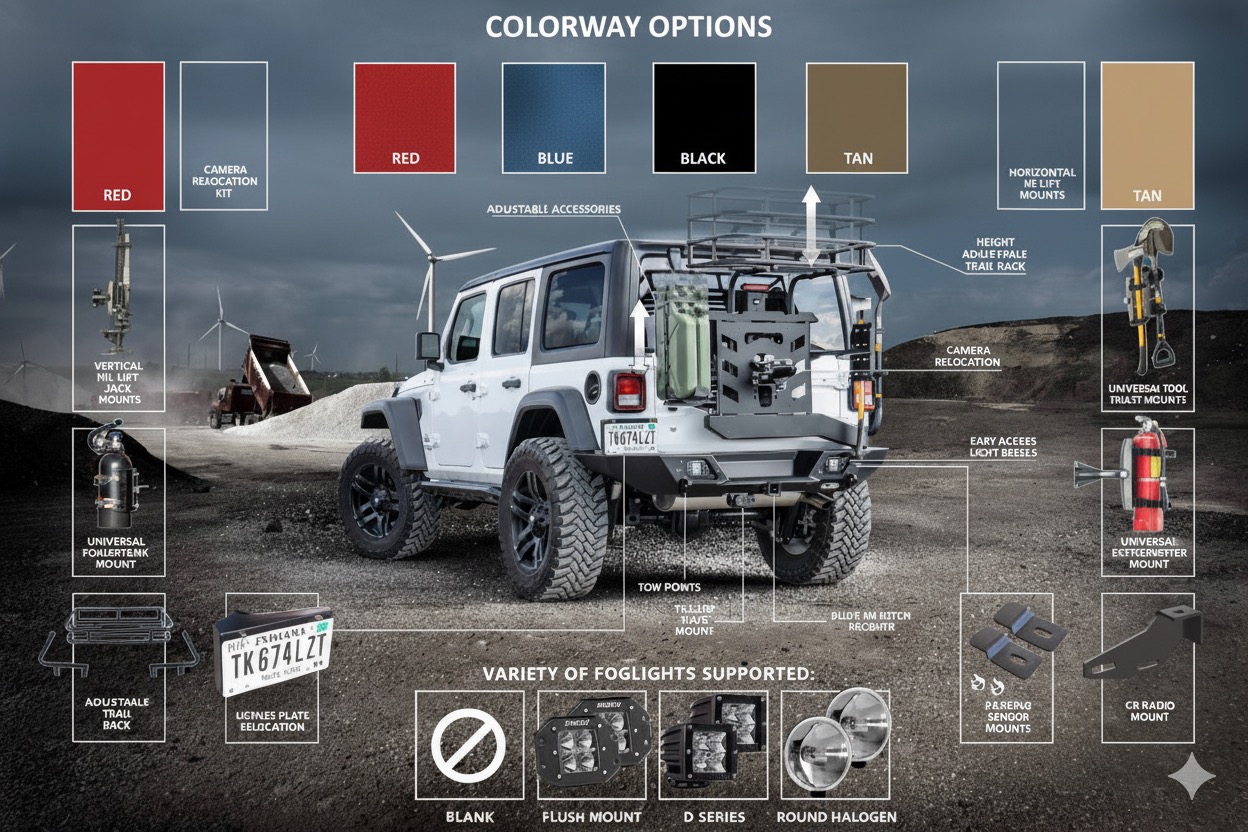Bounce Rate and the vital signs of your E-commerce website
By: Wesley Obi | May 18, 2021
Digital marketing has impacted the tools and strategies commonly used by businesses to target their audience and market their goods and services. In the process, several terms and terminologies have sprung up in the digital marketing space. One of such terms is Bounce rate: a simple phrase that shouldn't ruffle feathers. Well, not for businesses, as we will get to see shortly.
Do you run a temperature when you hear Bounce Rate? Here is what it means!
Bounce rate sounds like one of those terms whose meaning can be guessed easily from the simple combination of those two familiar words, but the more one relies on that way of understanding the term, the less likely it is to have a grip on its meaning.
Let's cut to the chase and go straight to the point. Bounce rate "is the percentage of visitors who enter the site and then leave ("bounce") rather than continuing to view other pages within the same site. [It] is calculated by counting the number of single-page visits and dividing that by the total visits." (Wikipedia) As simple as that. That said, it is essential to keep in mind that a website is one of the marketing tools of a business. So, how visitors interact and engage on the site is very important to the web page's usefulness and the business's bottom line. It is always interesting to use a common scenario to illustrate bounce rate further because it mirrors one of the many situations in our daily lives. Imagine walking into a store and leaving just as you step in. That is something the store attendant will take with a good frown. But, why does that often happen, you may ask?
One of the simple reasons is that the way the store is laid out, arranged, or decorated often determines how much time a visitor spends there and inspires a visitor to check out the other store sections. If visitors leave as they step in, then the store's bounce rate in question is high. Something is usually responsible for this recurrence.
Let us bring it down to a website.
One of the tools a business deploys in reaching its target is a website, which is the online equivalent of the physical office of a company. To drive traffic (customers and prospects) to the website, traditional advertising and social media marketing activities are effectively used. That is why almost every business communication touchpoint includes learning more as a call to action.
It's natural that when people visit a web page, they are required to perform particular actions. The website must be designed and optimized to enable visitors to get what they need.
"Your homepage", says Cameron-Kitchen, "is the check-in desk for your website. It needs to tell people what they are here for and where they need to go".
Has website design got anything to do with Bounce Rate?
A website is required to amplify the value and identity of an organization, but how it is optimized for usability is a crucial factor. What are people who visit the site expected to find, and how do they find it? What user experience does the web page offer? What is the look and feel of the site: colour, font type, imagery etc. If the website falls short on these and more factors, then the bounce rate will likely hang on the high side.
There shouldn't be misconceptions or wrong impressions. User-friendliness is an essential principle in building your website. Yes, you won't be there 24/7 to be a tourist guide to the hundreds and possibly thousands of visitors. What is needed are accessible navigation signals to help locate things in their correct places. Imagine how bad a day it was for a young guy who left home for an appointment but who ended up taking the wrong ride to the wrong part of town simply because destination indicators were not correctly marked. He ended up wasting his time and money and dreaded that route for a long time, and so his friends!
So, yes, a website design has got so much to do with what happens to your bounce rate numbers. Visitors to a site are 'strangers'; that is why they must be impressed with a fantastic user experience that makes them loyalists and ambassadors of the brand, your brand.
Check out your Bounce Rate in Google Analytics
Like most things in the digital space, bounce rate is not determined by the rule of thumb. It is arrived at by dividing the number of single-page sessions by the number of total sessions. Google Analytics enables you to track and report such website traffic in specific numbers: it could be by metrics of age, gender, location, demographics etc.
It's all in the numbers: The Good, the Bad and the Ugly side of Bounce Rate
To understand what a good Bounce Rate is, you need to know the difference between a good and bad bounce rate. A high bounce rate means that visitors to your site leave after one click, while a low bounce rate means that your site users are sticking around and clicking more pages.
According to a report on smerush.com, a reasonable bounce rate should fall between the 26% to 40% range. While a bounce rate of 56% to 70% is on the high side. An average bounce rate will fall between 41% and 55%. According to Google:-If the success of your site depends on users viewing one page, then, yes, a high bounce rate is terrible. On the other hand, if you have a single-page site like a blog, or offer different types of content for which single-page sessions are expected, then a high bounce rate is perfectly okay. You can check a page's bounce rate with Traffic Analytics Tools, which show you a breakdown of page visits, the average duration of visits, and unique visits.
When visitors don't bounce, they exit: Here's the difference!
As earlier indicated, the digital marketing space is a breeding ground for tons of terms and terminologies. Often, bounce rate throws up another term: exit rate. One can hardly stick a pin between bounce rate and exit rate. Exit rate measures the frequency visitors quit the site from the 2nd page of their visit. If this happens over time, then the bounce rate is likely to be low while the exit rate is high.
Bounce Rate and how visitors become customers
Bounce rate and conversion are two sides of the same coin. A low bounce rate will most likely convert visitors to customers, and a high bounce rate will deliver the opposite effect. There is a potential suspicion, too, if a low bounce rate does not impact conversion. It could be that the site is exciting for the visitors, but there is no call to action CTA on the pages. Interestingly, Cameron-Kitchen has helped with the recommendation that CTA should be on every page.
No rocket science: Simple steps on how to go down on your Bounce Rate
No one rule fits it all. What works depends mainly on what is identified as the source of the high bounce rate. However, scaling up the engagement value of your page is a general rule, and that comes with a lot of other variables.
Refreshing the look and feel of your website could work wonders; after all, remember that aesthetics and functionality go together in redefining visitors' experience, and so such changes could go a long way.
What's more, "ruthlessly optimize for relevance," says Dan Shewan, who goes on to add that "if you decide to go after a keyword, and end up ranking for it, make sure the content is highly relevant to that query". It's is all about meeting expectations, and there is no middle ground when visitors approach your web page with a particular sense of entitlement.
Content is one word you cannot ignore in x-raying your bounce rate. People visit sites for something that meets their immediate need: a service, a solution, an idea, an experience etc. If the content does not live up to expectation, visitors will not likely tarry for long. Ensure that you resist low-quality content and up for great content that delivers on your brand promise. Always!
Yes, Internet users are generally impatient. Without exaggerations, million of interests call for their attention on the Internet. So, if the load speed of your website goes at the rate of a snail, trust that no visitor will wait. To stop this from happening is to ensure that your website load speed is as great as navigation on the page is exciting (Marianne, 2018).
Bounce Rate could make or mar your SEO ranking: Let's see how!
Bounce rate is vital in the SEO ranking of your site. Search engines focus more on user experience and engagement for search engine ranking when selecting sites relevant to their audience. If bounce rates from your site are high, this could affect SEO rating, as a high bounce rate could result from less effective content.
If your website has a low bounce rate, it also sends a positive message to the search engine, which helps in ranking or optimizing your website.
Reality check: Your website in the world of Augmented Reality
Every brand goes all out to deepen its customer relationships with engagement on the website and other touchpoints. Anything that enhances user experience will be a welcome idea. It is not surprising that augmented reality and related technology are now being integrated on websites to improve customer experience and engagement. Suppose your brand is already thinking like that. In that case, you are on the right track because it plays a central role in optimizing website usability and scaling down bounce rate within recommended brackets.
Wrapping up, let us add a few more words for augmented reality and how websites effectively leverage this technology, especially in a post-COVID digital marketing world. Web designers have gone a step ahead to optimize augmented reality in their designs. It can only result in a pretty-looking bounce rate analytics for brands since online shopping has become the rave of the moment for many apparent reasons. Last but not least, innovate, innovate, and innovate. Don't let the sun go down on your website. Always remember that websites are developed to function as a place of utmost experience for the customer. Keep in mind that bounce rate varies from site to site and from objective to objective, but it is all about the health of your website.
Use CELA Technology today!
Provide your shoppers an online shopping experience that just feels like in-store with Augmented Reality and 3D interactions
Contact UsRecent Posts
Dec 17, 2025
Shopify’s Leap into 3D & Interactiv...
Shopify’s Winter 2026 Editions mark a major shift toward 3D, interactive, and spatial commerce—resha...
Sep 21, 2025
How to Boost User Engagement Time a...
Increase your website's engagement time from seconds to minutes. Learn how a 3D configurator from CE...
Aug 28, 2025
How to increase online sales for cu...
Are you tired of racing to the bottom on price? Your unique, high-quality customizable products offe...




